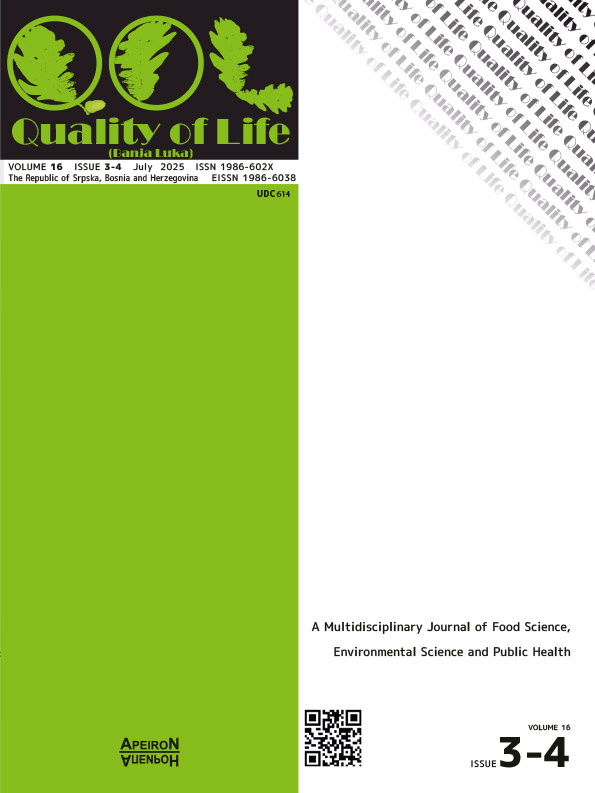Patient Satisfaction in the Primary Health Care
DOI:
https://doi.org/10.7251/QOL2503077AKeywords:
primary health care, patient satisfaction, EUROPEP questionnaireAbstract
Countries like Bosnia and Herzegovina have significant challenges in their health systems. Evaluation of the quality of family medicine services is the basis for the development of quality in primary health care. Patient satisfaction assessments, using the EUROPEP questionnaire, reflect patients’ expectations and experiences. Objective: Using the EUROPEP questionnaire to assess satisfaction with primary health care services and identify key areas for improvement. Methods: The research was conducted using the EUROPEP questionnaire in Zenica during 2024. Patients were selected using a random sample method during a visit to the primary health care. In total, thirteen primary health care clinics of the Zenica Health Centre participated in the study. Results: In a representative sample from 2024, 44.45% of respondents were male, while 52.77% were female. In the research, the results show that the respondents are satisfied, the highest score is 4.64, and the lowest score is 4.04. The lowest-rated aspects were the ability to contact doctors by phone and patient wait times for appointments. Healthcare personnel exhibited the highest level of willingness to provide assistance. The analysis identified a high ceiling effect, suggesting that patient satisfaction is high but leaves little room for further improvement. Conclusion: Healthcare providers should focus on improving lower-rated aspects, particularly doctor accessibility via phone and appointment waiting times, to enhance the overall patient experience. Due to the high ceiling effect, it is recommended that the study be repeated with a larger sample. It is necessary to validate the questionnaire with an extended rating scale.
